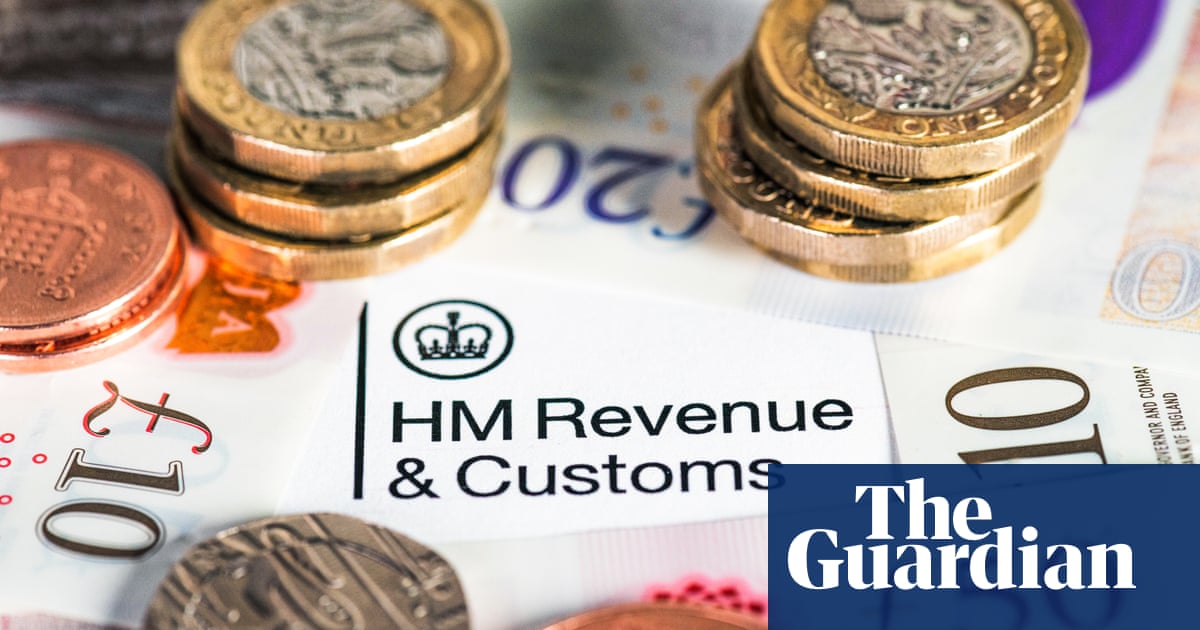The number of people being dragged into paying income tax has risen by an estimated 4.4 million in three years as a result of the government’s freeze on thresholds, official data shows, a statistic likely to reignite the election debate over taxes.
The figures show that an ongoing freeze on income tax thresholds, seen by some as a secret tax, has pushed an extra 1.77 million pensioners into income tax.
The Conservative party has said it would leave the thresholds unchanged until 2028, although it has promised to increase personal tax allowances for pensioners.
HM Revenue and Customs (HMRC) data shows that there are an estimated 37.4 million income taxpayers in the 2024-2025 period, up from 33 million when personal tax thresholds were frozen in the 2021-2022 tax year.
That includes 8.5 million taxpayers over state pension age, up 26% from the figure of 6.7 million recorded in 2021-2022.
The Conservatives are likely to use this statistic to promote their tax offer to pensioners, known as the “triple lock plus”. This would link an annual increase in personal allowances for pensioners to the increase in pensions under the so-called triple lock, which is the higher of average income growth, inflation or 2.5%.
Labor has not committed to this policy. It has also said it will stick to its current plan to keep tax thresholds the same until 2028.
Taxes have been one of the key battlegrounds of the election campaign, with Rishi Sunak repeatedly claiming that people would pay higher taxes under Labour. Keir Starmer and his team say they will not increase income tax, national insurance or VAT, and argue the Conservative manifesto is not being properly funded.
There has been criticism that both major parties have been opaque about tax and spending plans. The Institute for Fiscal Studies think tank said this week that it was deliberately not focusing on the hard fiscal choices that would have to be made, whoever wins.
Commentators have repeatedly said that freezing the tax threshold will encourage more low-income households to pay a basic tax, which starts at an income of £12,570 per year. More and more people are also falling into the higher 40% tax rate, which starts at £50,270 per year.
This phenomenon, called “fiscal drag,” generates billions for the Treasury and is called a “stealth tax” by critics and tax experts.
Overall, the figures show that there are an estimated 29.5 million basic taxpayers by 2024-2025, an increase of 2.1 million since 2021-2022. The number of senior taxpayers has risen from just over 4.4 million in the same period to 6.31 million.
Sarah Coles, head of personal finance at investment firm Hargreaves Lansdown, said: ‘The agonizing pain caused by budget pressures and cuts to dividend payments has been laid bare, with millions of people paying more tax and billions of pounds more raised. ”
On the figures relating to older people, former Pensions Secretary Steve Webb said the data showed frozen tax thresholds, combined with significant increases in state pensions, meant the number of pensioners paying tax “continued to rise”.
It is the continuation of A long-term trend that has seen the number of over-65s paying tax rise by about 4 million since 2010-11, said Webb, now a partner at actuarial firm LCP. “For a pensioner in Britain, paying income tax is now the norm rather than the exception,” he said.
According to a recent LCP analysis, just under 2.5 million retirees currently receive a state pension that is itself higher than the personal tax allowance. Most of these were older retirees with an old basic pension who were also eligible for the “supplementary state pension” – also known as the state income-related pension scheme (Serps) or the second state pension – the report said.
Rachael Griffin, tax and financial planning expert at wealth management firm Quilter, said: “This morning’s statistics from HMRC reveal the continued impact of the Conservative government’s stealth tax agenda, as the number of people living in the higher and additional tax brackets have continued to rise due to frozen tax thresholds and the continued impact of the budget delay.”
